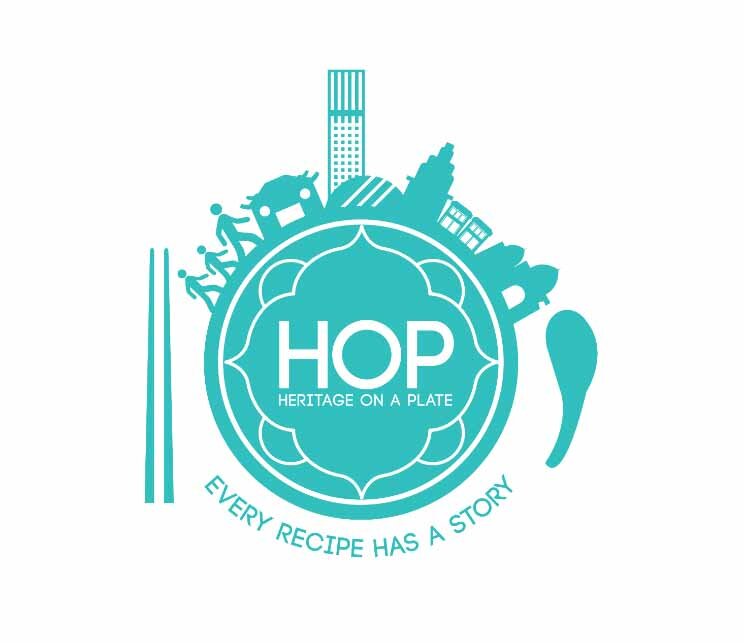Ramadan Wrap Battle Part 1
Hey, guys! We're in the last few days of the Ramadan fasting season here in Malaysia. People are starting to stream into the island to wait for the Eid celebration announcements. I wanted to take this opportunity to do a short post about all the different kinds of banana leaf wrap savouries we encountered during the Ramadan Bazaar.
I've really taken an interest to this particular form of Malaysian kueh (cake or savoury) because it's so underappreciated. There's a lot of flavour, knowledge and history wrapped (cough) up in these tiny delicious packages. Every time I see one, my mind boggles at the lines that can be traced back to ancient civilizations, trade and cultural exchange these kuehs represent. Oh, and the taste too, of course.
Kuih Mochi/Kochi
Kueh Mochi/Kochi is a glutinous rice cake with coconut and palm sugar filling, wrapped in banana leaf and steamed. There are variations of it all over South East Asia, and it is sometimes made using black glutinous rice flour. In most places here, it is considered a snack to be had year-long but is most often seen during Ramadan.
Sooooo, let's get this one out of the way first. I absolutely believe the local mochi/kochi is related to the Japanese mochi cakes. People are always arguing about whether the Japanese brought this kueh over during the Second World War. I don't think they did. I believe that this particular variation, like the Japanese one, is related to a predecessor recipe common in the Indo-Chine rice cultivation area.
A millennia and much trans-regional trade and migration later, the recipe has diversified and localised. I do believe the modern name mochi/kochi is probably from the Japanese Occupation though. I'm marking this under "Further Research."
Lepat Pisang/Pulut Dakap Pisang
I had a really great conversation over on Instagram with a follower from North Malaysia. I've grown up with this particular kueh being called Lepat Pisang in the household, and she mentioned that it was called Dakap Pisang in hers. Interestingly, it turns out we grew up relatively close to each other!
So which one is it? Well, both actually. The Dakap Pisang is more common in the North of Malaysia and uses glutinous rice with a banana filling. The name literally means "hugging banana" (stop snickering!) - dakap: to hold, hug & pisang: banana. However, the Lepat Pisang has Indonesian origins and is made using wheat flour and coconut. The name means "fold" - Lepat/Lipat: to fold, wrap. It makes sense that the names and even the recipe is treated as interchangeable, and it simply referred to as a Malay kueh without a deeper investigation into its specific heritage.
But that's one geo-political story for a different time.
Lepat Tepung/Kueh Tepung Bungkus
What it lacks in looks it makes up for in personality
The Lepat Tepung (tepung: flour) is an absolute mystery to me, I'll be honest. It's not a looker. It tastes pasty and well, doughy. If it had feet, it would be wearing Crocs to its own wedding.
Why this particular kueh still shows up at Ramadan bazaars, I do not know. Perhaps a sentimental attachment to a childhood spent trying to swallow a doughy kueh with palm sugar filling. Perhaps, there is some element of masochism involved. Or maybe, there are great people out there whose taste buds are far more developed than mine, and detect something sublime and transcendental in this snack.
I am, however, going to move on and say that Part 2 of the Wrap Battle will be coming soon. And if you are one of those brave souls who enjoy Lepat Tepung, tell me what I'm missing in the comments. Have a blessed Eid!






